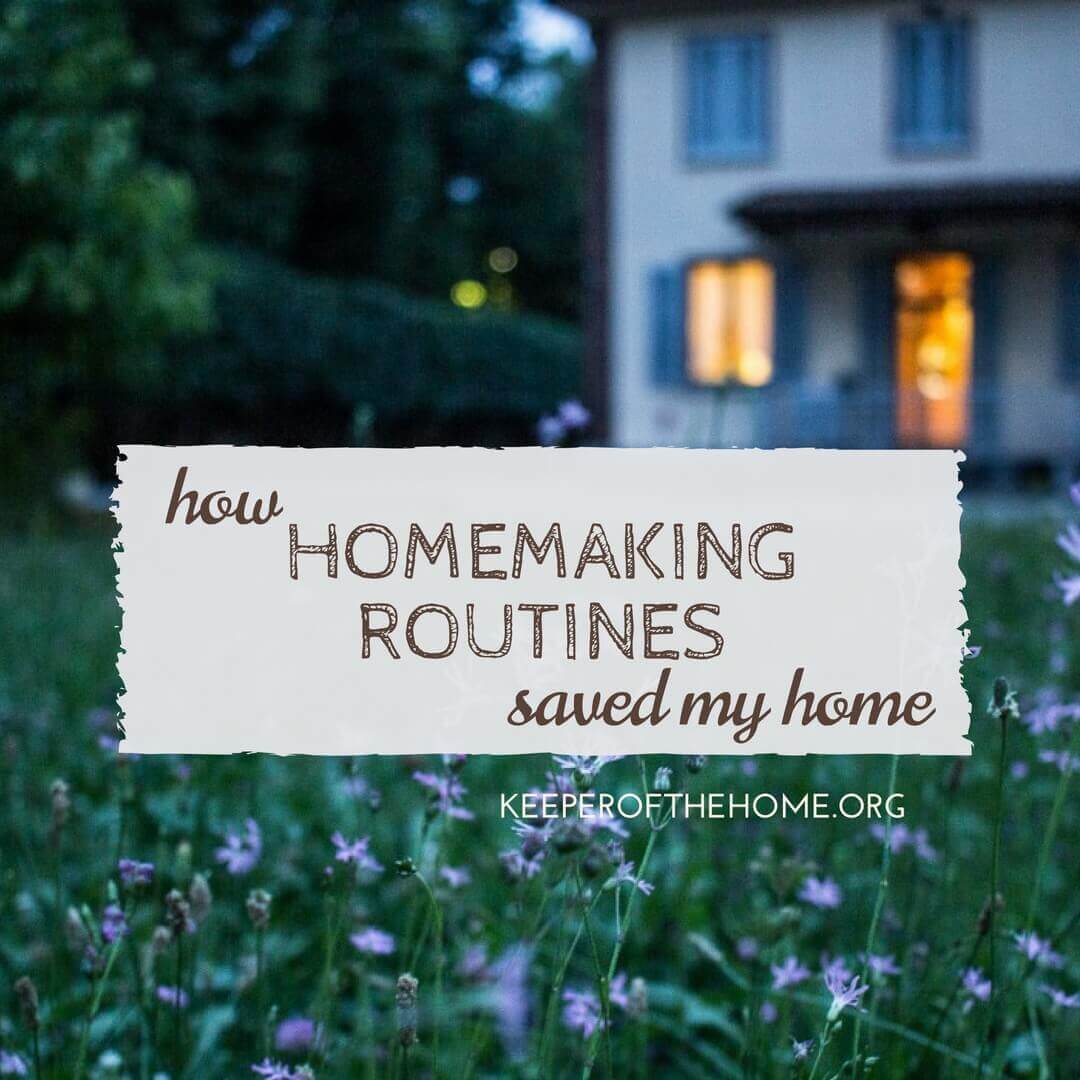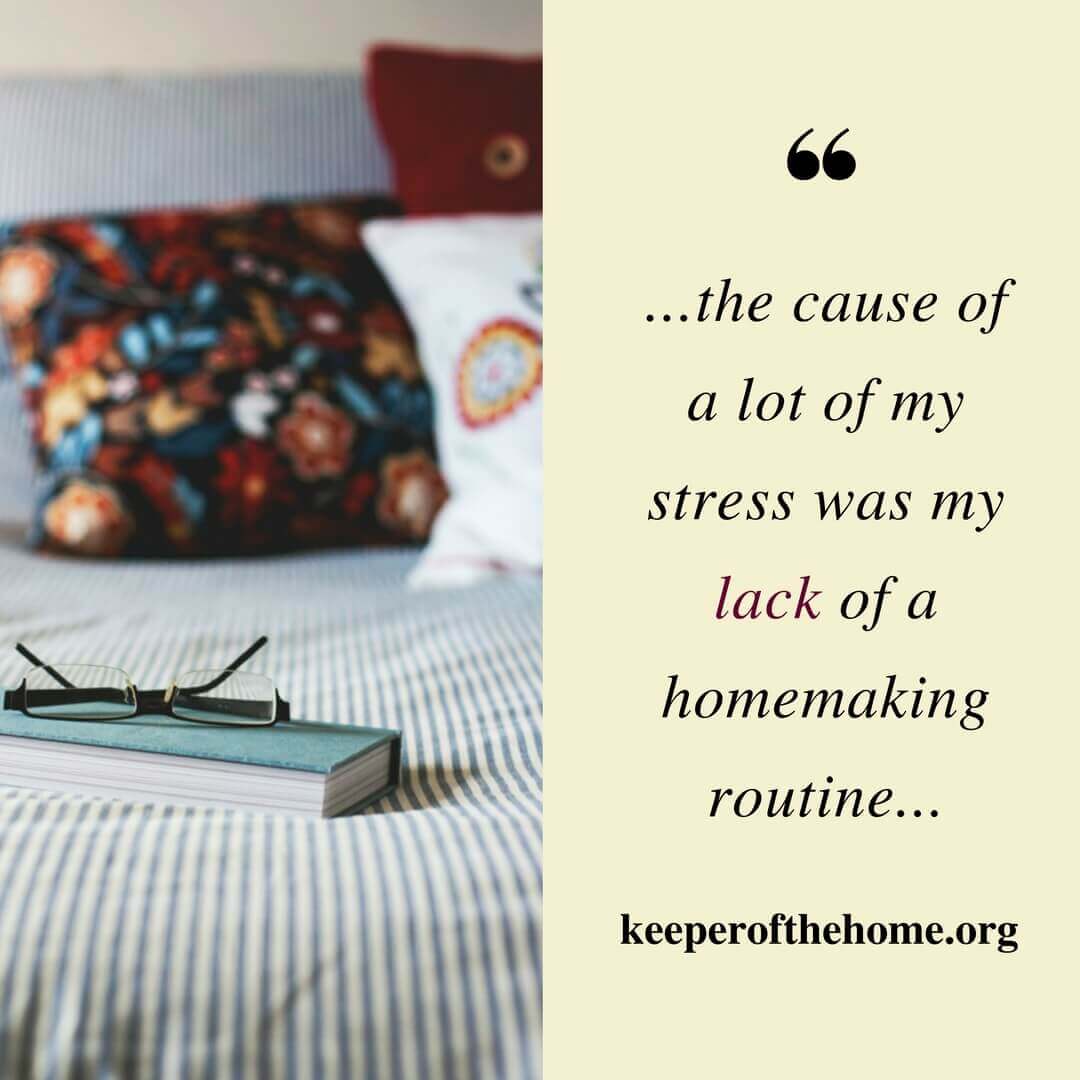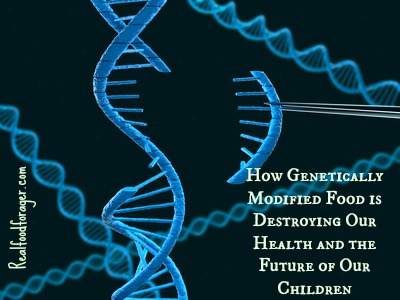
My Infected Finger Story:
Since sometime last winter, I have been battling a sucky immune system. My gut bacteria are valiantly attempting to guard their posts and keep me somewhat healthy. Nonetheless, the stress, poor eating, and the round of antibiotics I chose to take (to my dismay) for my infected lymph nodes have made their job rather difficult indeed.
My healthy gut bacteria is tired and struggling, as evidenced by infection after infection that I’ve been warding off in the last six months. Poor, poor gut bacteria (sadface).
I had a nasty throat infection, when I got altogether too lazy with my natural remedy and didn’t hit it hard enough. It came back as a nasty infection in my lymph nodes (Holy PAINFUL, batman.) Then I took antibiotics. Subsequently, I have felt the beginnings of the following ailments over the last 3-4 months: mastitis, repeated lady-part infections, more sore throats, and then a nastily infected finger by late spring, just under the cuticle and fingernail.
(See, now even you feel sorry for my poor gut bacteria, don’t you?)
I have been able to ward off most of these issues by downing jars of Bubbie’s sauerkraut (for the amazing probiotics) like there’s no tomorrow (my body told me to eat a whole jar in 48 hours – so I did…), taking the high-quality probiotic capsules I bought when I had antibiotics, eating plain high-fat yogurt, and taking colloidal silver in my water here and there. (I think the sauerkraut made the most difference, to be honest. I would eat about a cup of the stuff on top of my burger patty at dinner whenever I felt the least bit of anything starting.)
The infected finger was an annoyance at first. I was in the middle of a terribly stressful family crisis, and basically ignored it for a few weeks. By the time I paid attention, it was hot, red, and swollen. Oh, and super sore. Oops. My bad.
I saw that ignoring it and waiting for it to go away on its own wasn’t going to work (just like with my whining toddler. Huh.)

So, I started trying some natural remedies. My mom was bugging me to soak it in salt water, so I did. Many times. For at least half an hour at a time (an eternity when there’s a toddler running around wreaking quinoa-dumping havoc. ahem).
But alas – the infection was too deep, and the salt water was not enough. The infection got worse. I should also mention that I had been using polysporin (antibiotic OTC ointment) since the beginning because I had been too stressed out and busy to even think about figuring out the natural remedy angle. Well, the polysporin was a total fail. I even bought a brand new tube to make sure it wasn’t expired. I wanted it to hurry up and work, and kept at it faithfully. But… nada. I also tried a really cheap brand of tea tree oil mixed with lemon (the blend is for cleaning, I guess?).
The infection got worse – more swollen, more red, more sore. The cuticle was starting to lift up off the nail and funky things were happening. The nail was starting to crack and disintegrate. I was beginning to worry that I’d end up with a round of major antibiotics if the infection started to spread.
Finally, we were packing up one of the last spots in the house for our move, I found my stash of essential oil bottles. My stinker children had taken them and hidden them behind a dresser like a little treasure stash. I had been wondering where they went!
I stared down that bottle of melaleuca (tea tree oil) with my Stern Mother Face. I told it that if it was not going to heal my finger, I’d be very, very disappointed in it. I’d also be super annoyed at having to go to the doctor because ain’t nobody got time for that in the middle of a move, yo.
I tipped it upside down, let two drops fall out onto the infected area, slapped a bandaid on that sucker, and went to bed.
You know the climax of this story already, don’t you? Yes, it was pretty miraculous the next morning. We celebrated with a feast (haha – I wish!) and much rejoicing. The burning pain had been reduced to tenderness, the swelling was down, and the redness was much reduced.
Another few doses (I did it a second time, then again that night, and once more the next day for good measure) later, I was well on my way to 100% in just over 24 hours.
So, now it’s a month later, and I have only one small problem: my fingernail is falling off. I have to trim it and stuff. Ew.
Like, seriously, peeps. It’s so gross. And because I love you, I took a picture. On the windowsill of the coffee shop where I sit, writing this. Here you are:

What really amazes me is that I had an infection that was SO BAD that it took my entire fingernail as a casualty (a new one is growing underneath – cool and so gross simultaneously), but a couple of drops of high-quality melaleuca oil killed the infection in mere hours (after weeks of suffering).
I’ve seen some good results from using EO’s since I was first introduced to them last fall. But nothing like this. I am absolutely in love with melaleuca, and I vow to never be without it again, henceforth forevermore, amen.
This is the oil I now recommend for both purity and a great price.
So, What is Melaleuca, Exactly?
More commonly known as “Tea Tree,” Melaleuca essential oil has over 92 different compounds and limitless applications. The leaves of the Melaleuca tree were used by the Aborigines of Australia for centuries. They would crush the leaves and inhale the oil to promote clear breathing and apply the leaves directly to the skin to help with recovery.
Melaleuca is best known for its purifying properties as well as:
-Analgesic
-Antibacterial
-Antifungal
-Anti-infectious
-Antioxidant
-Antiparasitic
-Antiseptic
-Antiviral
-Decongestant
-Immune Stimulant
-Tissue Regenerative
… just to name a few.

Tea Tree Oil vs. Antibiotic-Resistant Superbugs?
Today, modern science has begun to investigate the effectiveness of this oil against many different types of pathogens and microbes, including resistant strains of MRSA and super bugs. This research is validating the use of this extraordinary natural oil for personal and medicinal consumption.
- Arthur de Ramon Penfold (1890 – 1980), an Australian chemist, studied tea tree leaves, and discovered their antiseptic properties. Subsequently, tea tree oil became a standard treatment in Australia, for the prevention and treatment of wound infections.
- During World War II, the Australian government classified tea tree oil as an essential commodity, and exempted producers from military service.”
I also learned that bacterial infections (often from hospital stays) actually kill more people each year than AIDs, breast cancer and auto accidents combined! Yikes! More and more of these bacteria are becoming resistant to almost every antibiotic out there.
Quality essential oils offer a natural alternative (really the original solution) to fighting bacteria (and viruses). While oils have been around for thousands of years, it’s really only been since the 1930s that medical researchers have discovered their antimicrobial effects.
French physician Dr. Jean Valnet, author of The Practice of Aromatherapy, wrote: “Infectious microbes do not appear to become accustomed to the essential oils as they do to the many forms of treatment using antibiotics.” In other words, because essential oils are made up of such complex chemical constituents, many Super Germs (or antibiotic resistant bacteria) find it harder to build a resistance.
I also learned the following, which I thought was interesting since I had used a cheap bottle of tea tree oil that I bought at a health store, and it did absolutely nothing for my infection.
“Now, remember, because of the lack of essential oil industry regulation, anyone can stamp “pure” on their essential oil bottles but there’s no one regulating that. There may be oil in the bottle but it may be part mineral oil, part melaleuca, etc. Make sure you are using a high quality oil that adheres to these standards:
-proper variety of the plant (for example, Eucalyptus has many variations – some varieties are even poisonous so variety matters)
-grown without herbicides or pesticides
-grown in their indigenous location – plants/fruits flourish best where they’re meant to be grown
-third party testing of all oils
-bottled with care – not diluted down with above mentioned mineral oil”
Have you ever used tea tree oil in your home? Do you agree that quality makes a difference?
Related posts here at Red+Honey:
– Using Natural Remedies to Beat Bacterial Infections: 5 Important Things You Should Know
– Avoiding Antibiotics in Favour of a Natural Remedy? Read this Cautionary Tale First
– 50 Uses for Essential Oils (Plus the First Three Things I Tried)
Disclaimer: I am not a doctor or medical professional, and this post should not be taken as medical advice. Please do your own research. Material on this blog is provided for informational purposes only. It is general information that may not apply to you as an individual, and is not a substitute for your own doctor’s medical care or advice.
Original article and pictures take redandhoney.com site



















